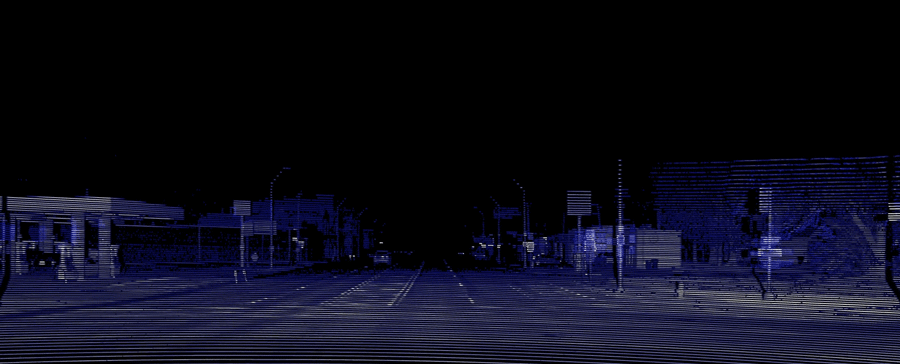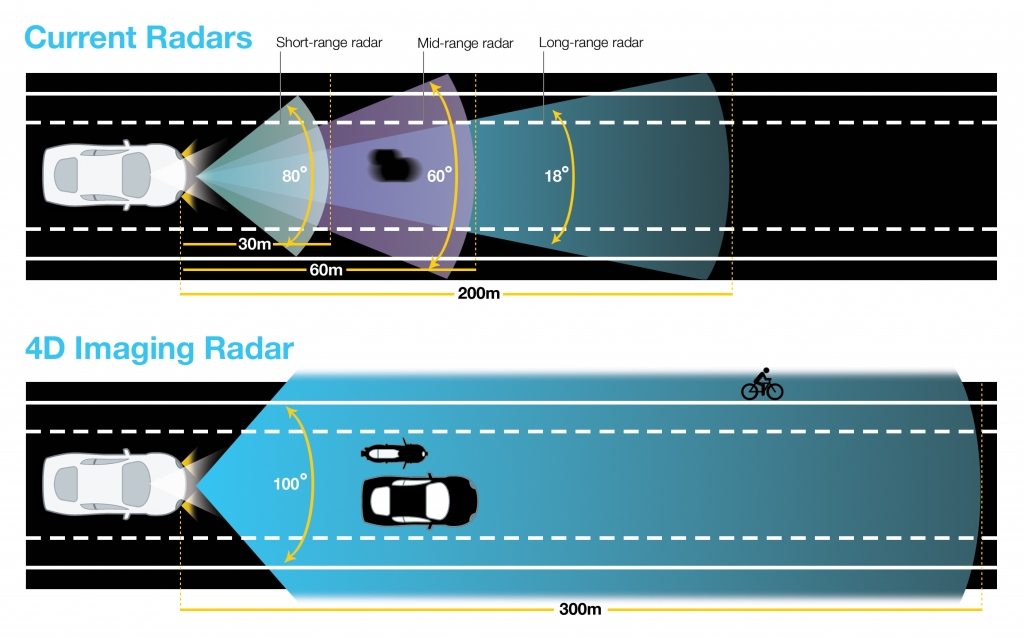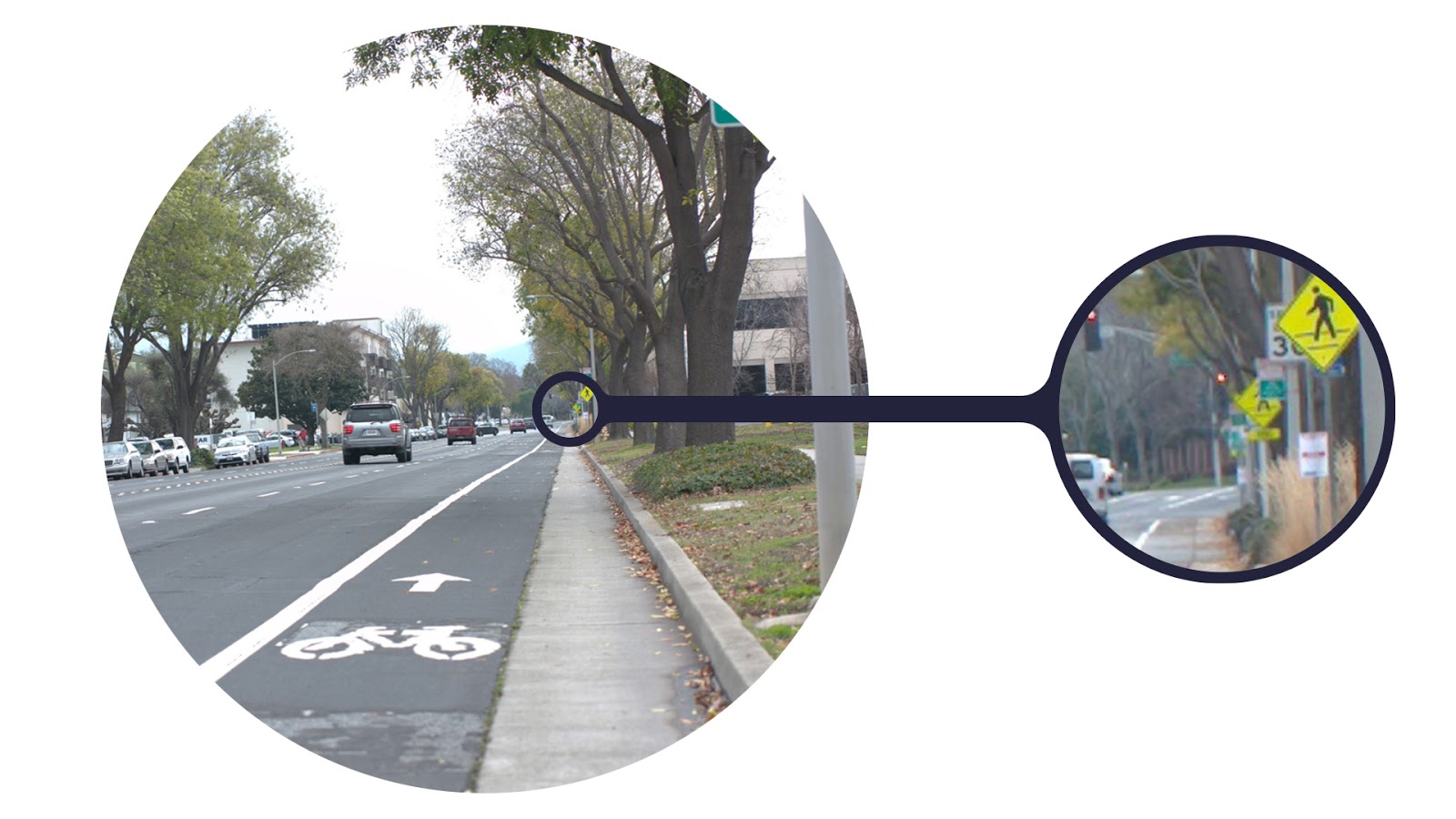Waypoint - The official Waymo blog: Introducing the 5th-generation Waymo Driver: Informed by experience, designed for scale, engineered to tackle more environments
"With each generation of our custom hardware we’ve been able to bring down the cost of our sensors while delivering even more capabilities and compute power. With our fifth-generation hardware, we’ve simplified the design and manufacturing process so it can be production-ready, and our latest sensors deliver more performance than ever before, at half the cost of our previous generation. While lidar helps us see objects and cameras help us understand our surroundings, radar complements both of these with its unique ability to instantaneously see and measure an object's velocity (or lack thereof) even in tough weather conditions such as rain, fog, and snow."

LIDAR

CAMERA
RADAR
They didn't show the output of their "imaging radar", but here's a illustrations in the industry comparing imaging radar to current automotive radar.

FULL ARTICLE
Waypoint - The official Waymo blog: Introducing the 5th-generation Waymo Driver: Informed by experience, designed for scale, engineered to tackle more environments
"With each generation of our custom hardware we’ve been able to bring down the cost of our sensors while delivering even more capabilities and compute power. With our fifth-generation hardware, we’ve simplified the design and manufacturing process so it can be production-ready, and our latest sensors deliver more performance than ever before, at half the cost of our previous generation. While lidar helps us see objects and cameras help us understand our surroundings, radar complements both of these with its unique ability to instantaneously see and measure an object's velocity (or lack thereof) even in tough weather conditions such as rain, fog, and snow."
LIDAR
As one of the Waymo Driver's most powerful sensors, lidar paints a 3D picture of its surroundings, allowing us to measure the size and distance of objects around our vehicle, whether they're up close or over 300 meters away. Lidar data can be used to identify objects driving into the sun on the brightest days as well as on moonless nights. Lidar lead Simon Verghese declined to divulge specs, but says the resolution on the new unit is 10 times better than its predecessor, thanks to “new architecture.”

CAMERA
With high-dynamic range and thermal stability over automotive temperature ranges, our vision system cameras are designed to capture more detail and provide sharper images in the toughest driving environments. Our latest long range cameras and 360 vision system now see much further than before, allowing us to identify important details like pedestrians and stop signs greater than 500 meters away. Through advanced design innovations, including custom lenses and precise optomechanical engineering, our vision systems enable much higher performance levels than cameras on cars today.


RADAR
For our fifth-generation hardware sensor suite, we have redesigned the architecture, outputs, and signal processing capabilities to create one of the world's first imaging radar system for self-driving - providing us with unparalleled resolution, range, and field of view to see the whole scene at once. While traditional automotive radars are capable of tracking moving objects, our new imaging radar has higher resolution and enhanced signal processing capabilities that allow it to better detect and track objects that are moving, barely moving, or stopped.
Our next-generation radar can also see objects at great distances, including detecting a motorcyclist from hundreds of meters away. Like with our other long range sensors, being able to accurately detect objects at greater distances gives us a longer reaction time to make a more comfortable experience for our riders.
Our next-generation radar can also see objects at great distances, including detecting a motorcyclist from hundreds of meters away. Like with our other long range sensors, being able to accurately detect objects at greater distances gives us a longer reaction time to make a more comfortable experience for our riders.
They didn't show the output of their "imaging radar", but here's a illustrations in the industry comparing imaging radar to current automotive radar.

FULL ARTICLE
Waypoint - The official Waymo blog: Introducing the 5th-generation Waymo Driver: Informed by experience, designed for scale, engineered to tackle more environments
Last edited:


